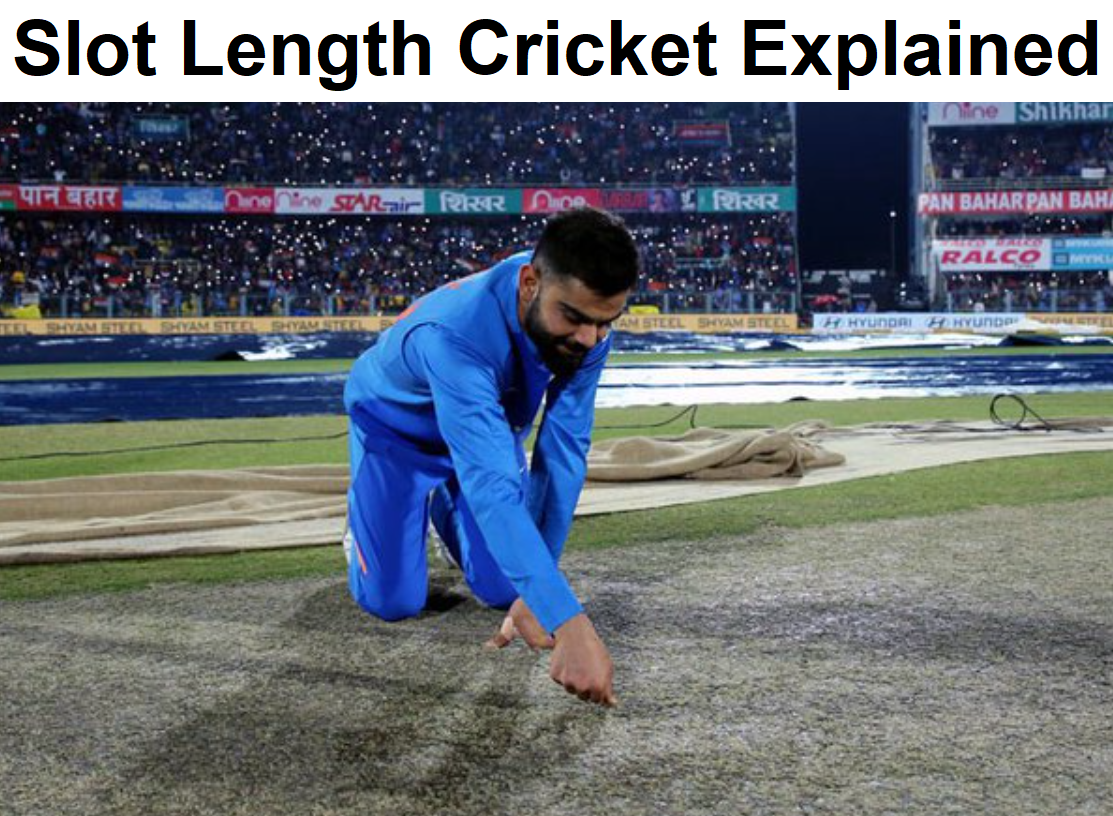

The regulation length of a cricket pitch is 22 yards. The objective of the game is that for a team of eleven to win a match, they need to put together more runs on the board then their opponents. Both sides bat consecutively. The batting side aims to score runs whereas the fielding side tries to restrict the scoring by stopping the flow of runs or taking wickets.
Players that are designated to do this task are called bowlers. Bowlers release the ball that stretches the length of the surface after pitching to reach the batter. The direction where the ball is headed to is called the line of the ball. The manner in which the ball travelled in the line after pitching is called the length.
There are four types of lengths in which a bowler bowls. Short length, good length, full length, and yorker. A short length bowl is one where the bowler lands the ball somewhere near the centre of the pitch or further back with the goal of bouncing the ball high. A good length bowl is in most cases the ideal length as it does not allow the batter to predict the height and the deviation of the ball. Further up is the full length which is nearly four metres away from the batter’s stumps. Finally we have the yorker wherein the ball pitches right near or in the line of the batter’s legs.
In modern cricket, the scoring rate has become faster owing to the shorter formats of the game gaining prominence. Batters are now technically sound to hit shots that can be hit all around the ground. The easiest length for a batter to swing their bat freely is the full length. In T20 cricket, the full length is called ‘the slot’, whereas the original terminology (full length) is consistent in test cricket and One Day Internationals.
The slot length is one where batters can predict the bounce of the ball. After pitching, a slot length ball does not rise higher than the batter’s knees. This makes a slot length ball a ‘juicy’ half volley, wherein the batter can hit a free swing, perfectly timed, powerful shot almost anywhere on the ground.
Having said that, not every ball bowled in the slot length is an advantage for the batter. New ball bowlers try to land the ball in the slot length as the ball has a tendency to swing in the initial overs. The bowlers often lure the batters into hitting a shot off the slot. This plan succeeds when the batter, in an attempt to strike the ball, catches either an inside edge that makes the ball crash into the stumps, or catches an outside edge that is eventually an easy catch for the wicket-keeper or the slip cordon.
A slot length ball is thus one which is pitched over the good length and falls short of a yorker length.





